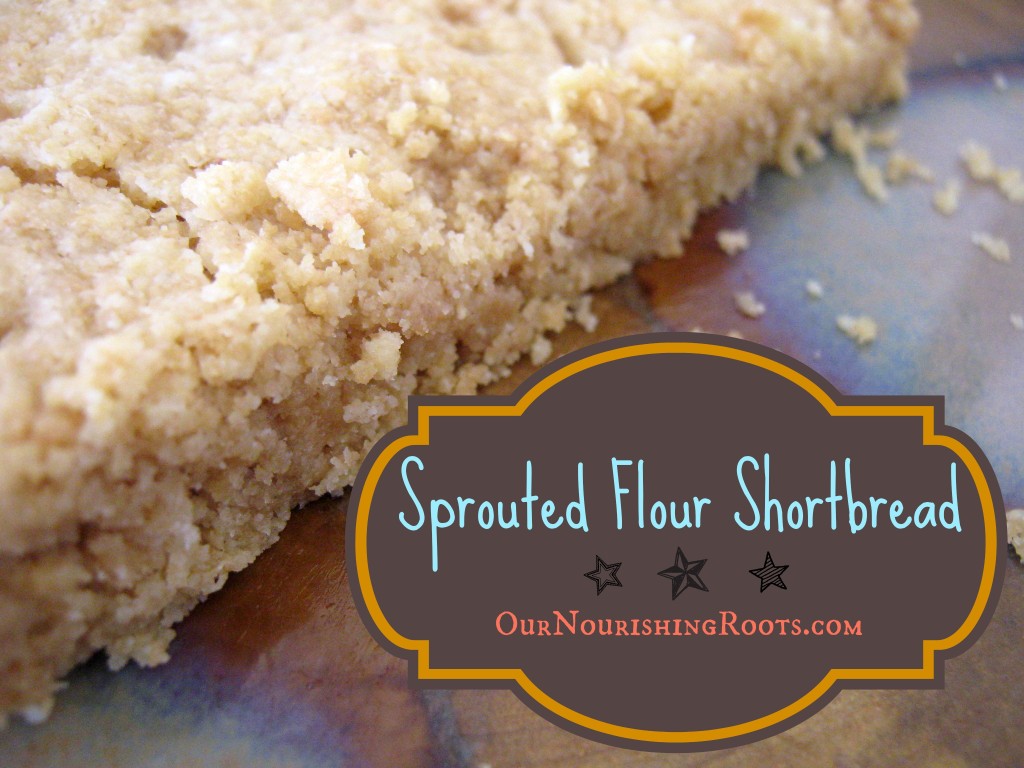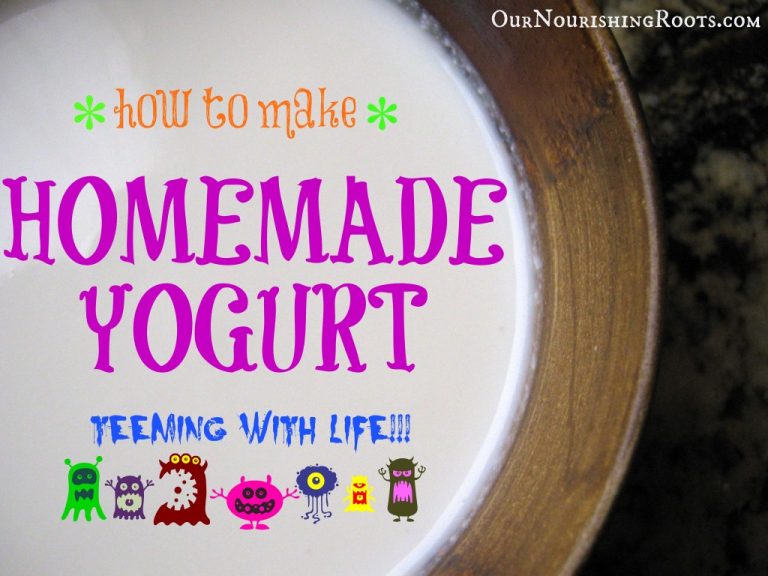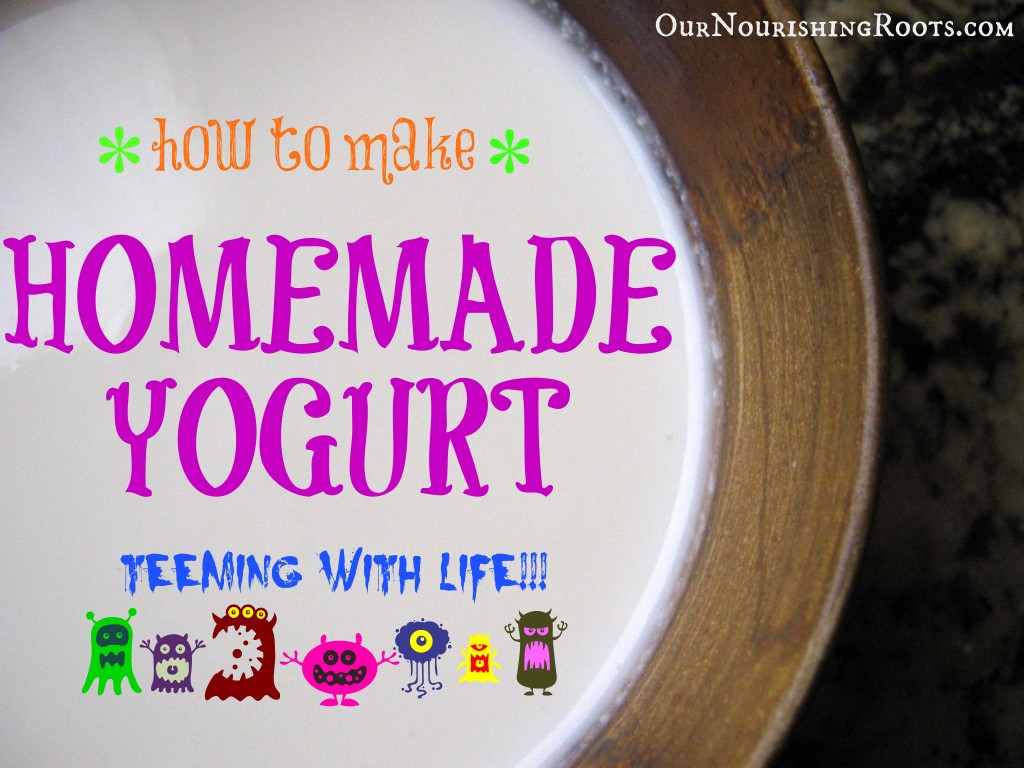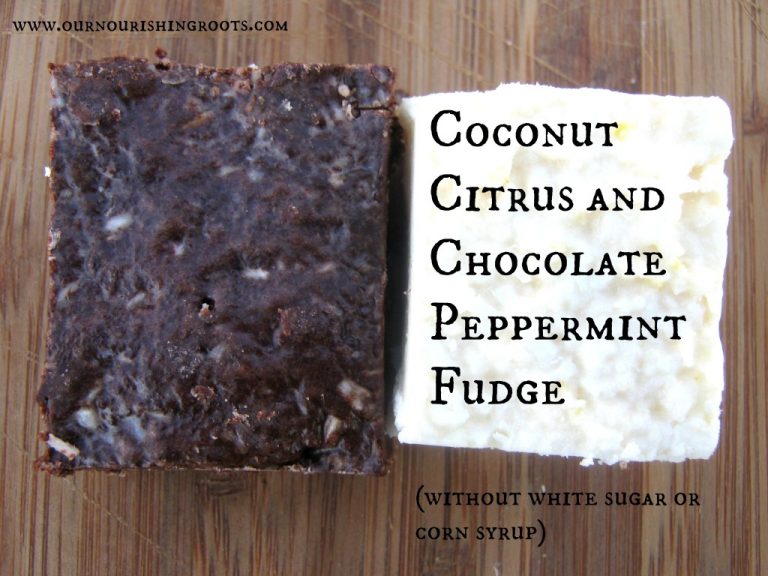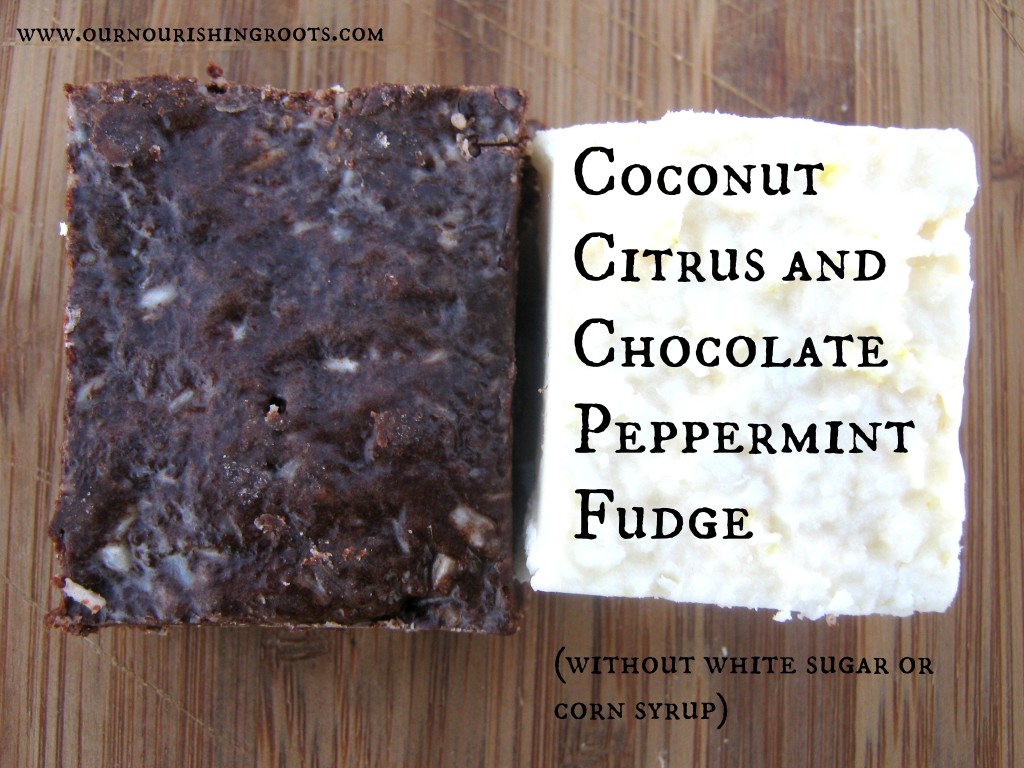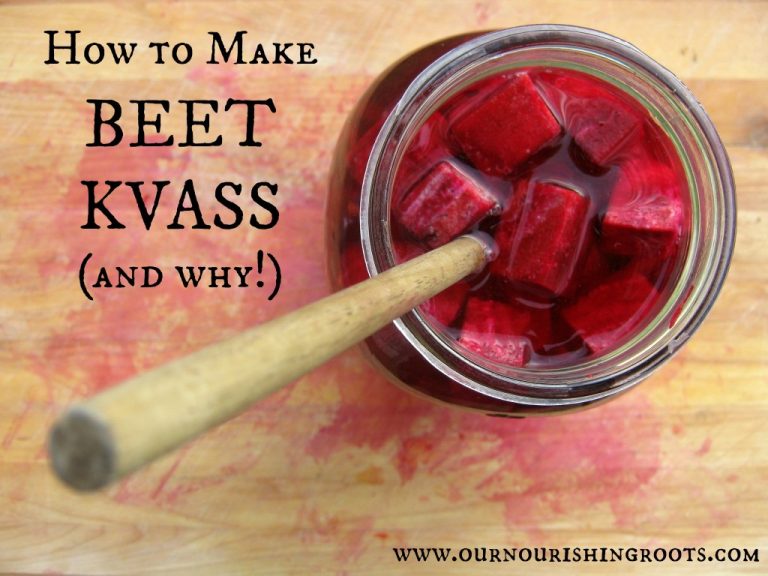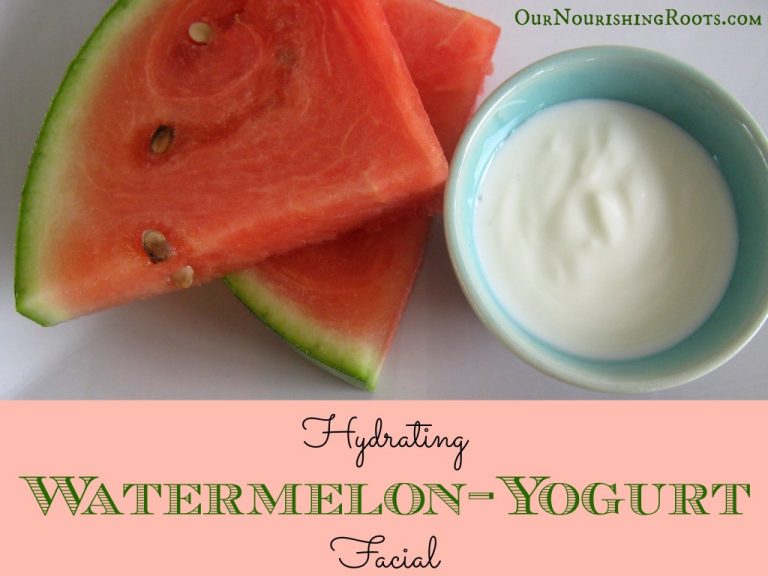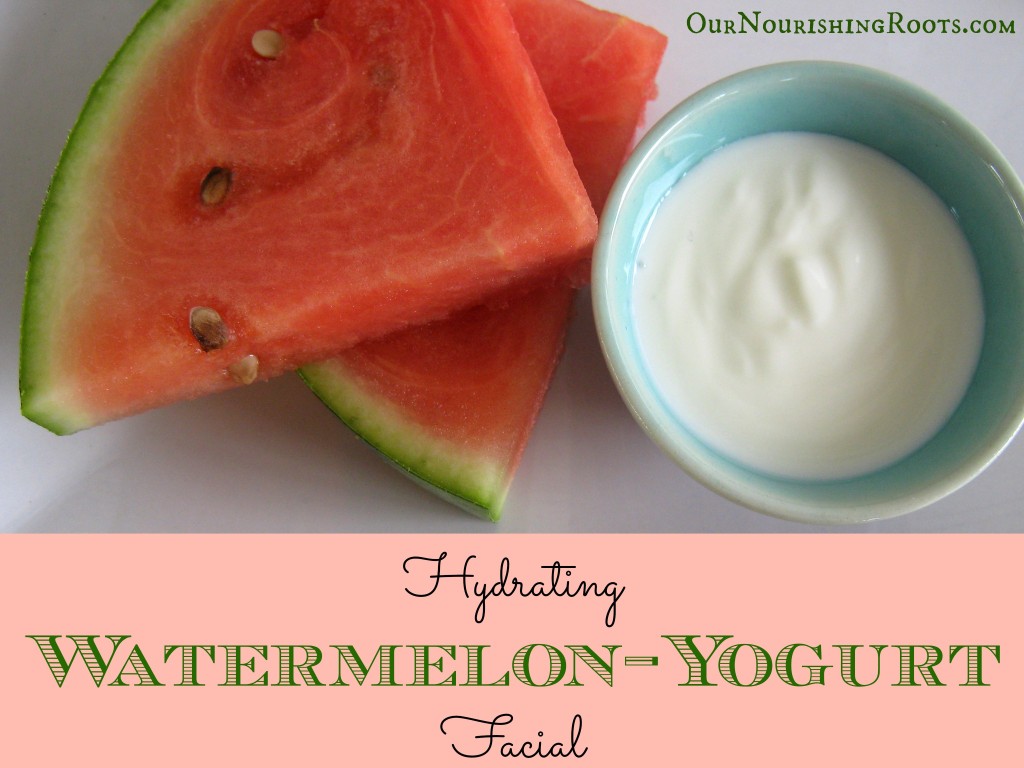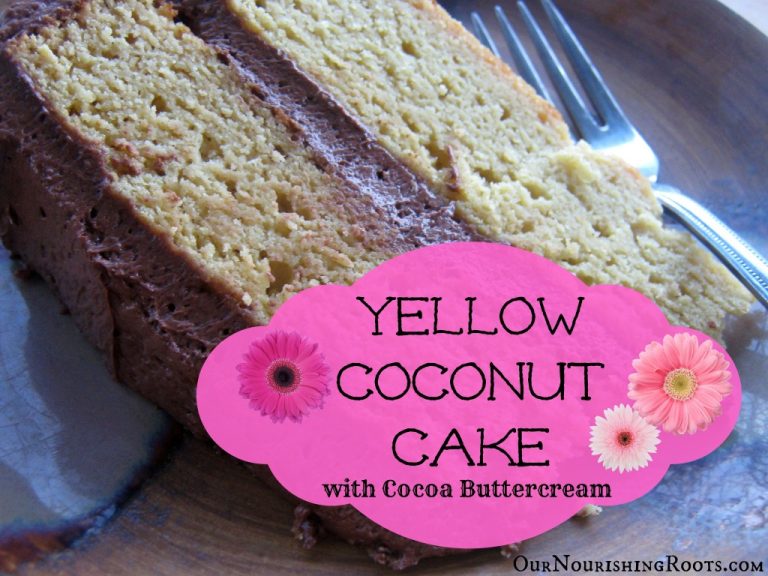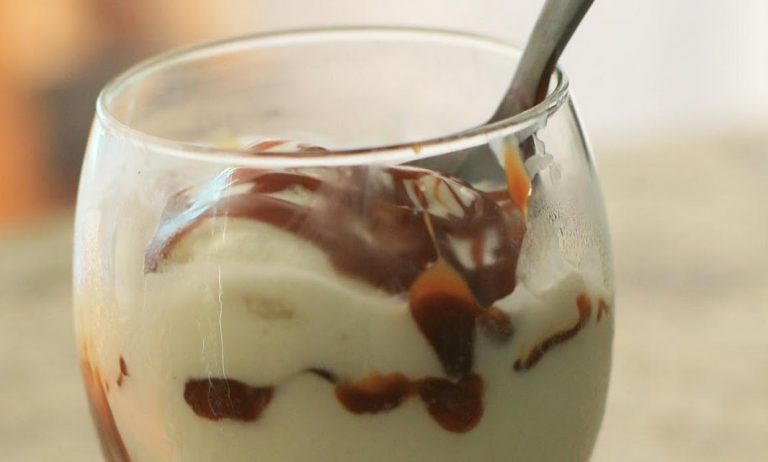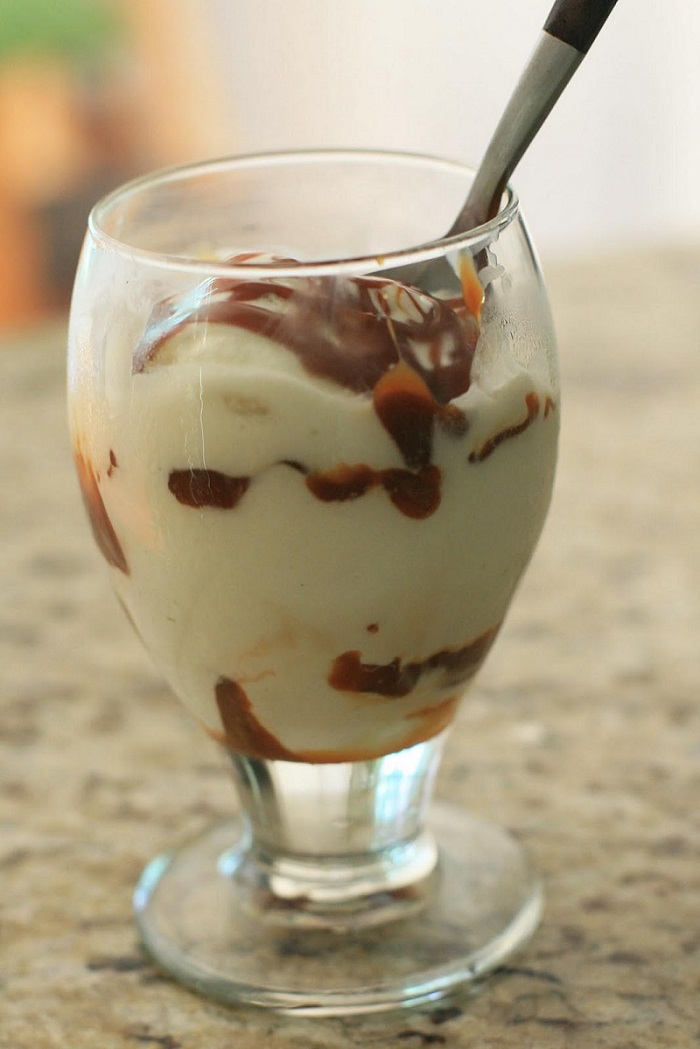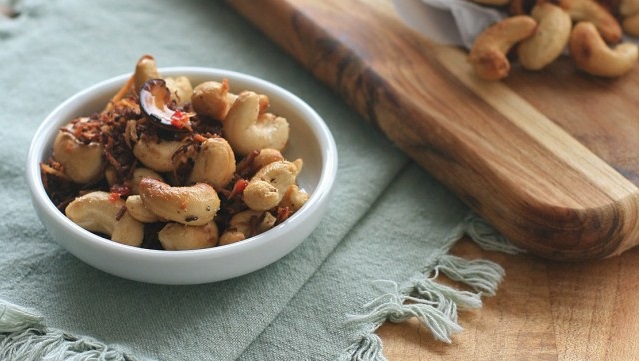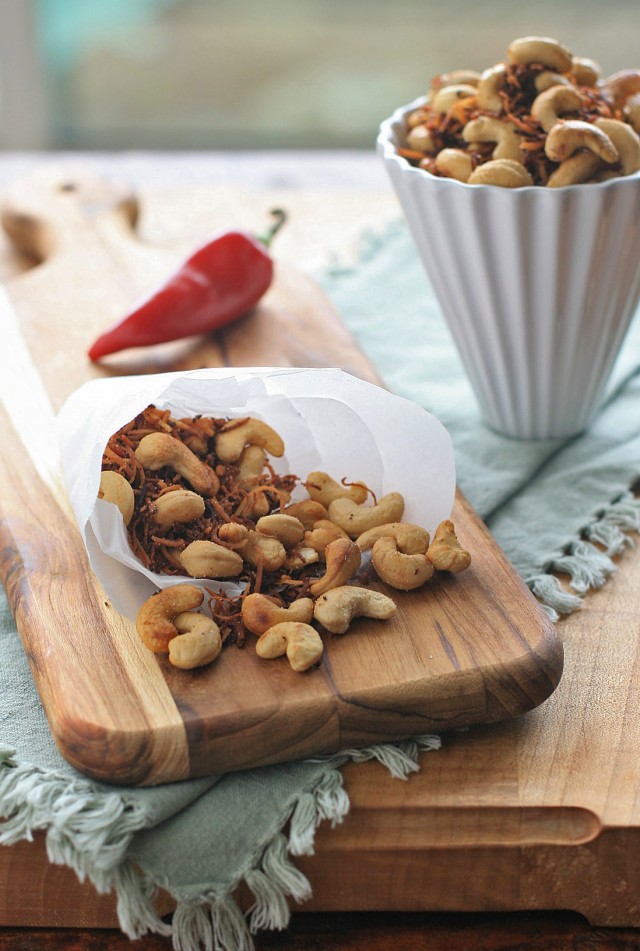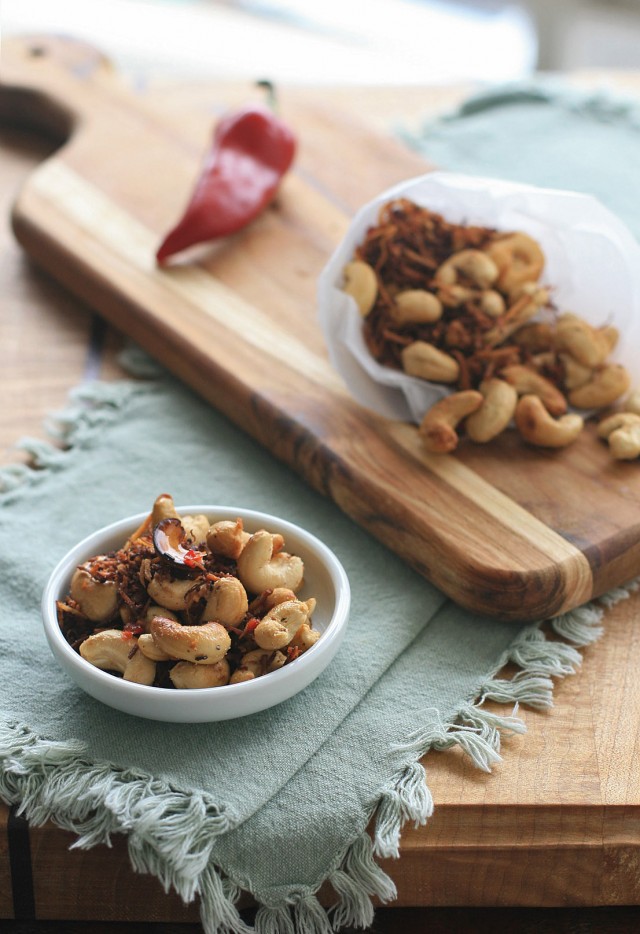Chocolate isn’t considered to be the healthiest snack but the truth is that true organic chocolate is not as evil as everyone seems to think. But it can be difficult to find really good chocolate from a brand that can be trusted. And it’s even more difficult if you are on the GAPS diet which is pretty restricting regarding what you can and cannot eat (but for good reasons!).
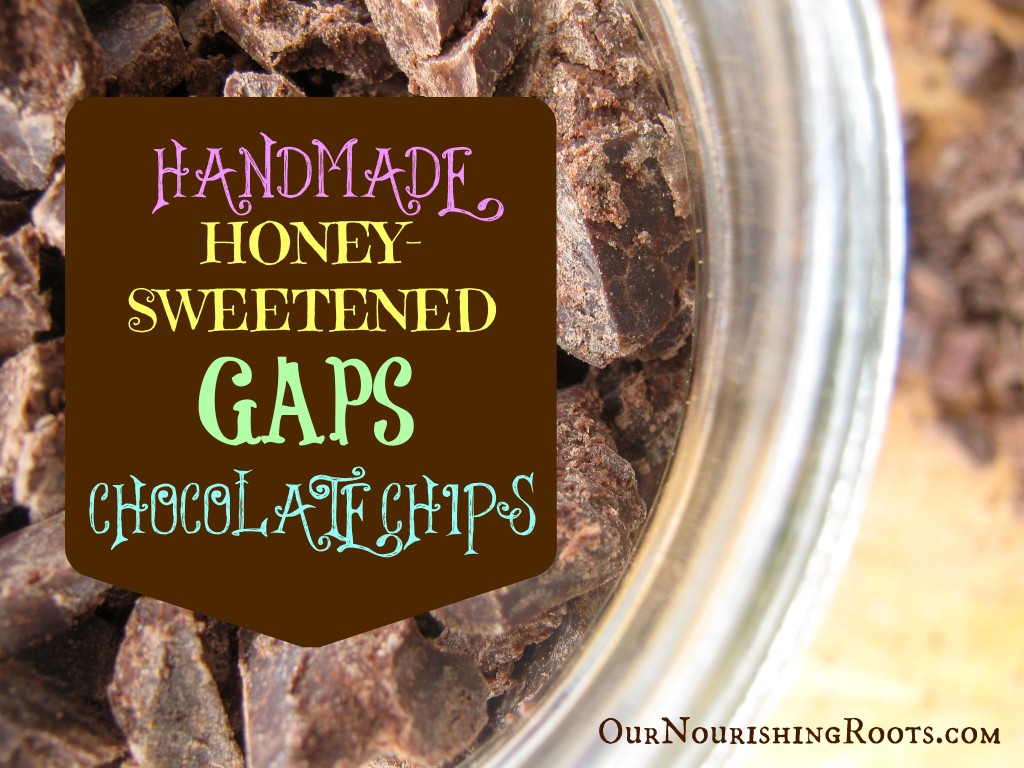
But I simply cannot give up on chocolate. This is why I combed the Internet resources in search of a recipe or a clue to making tasty GAPS-friendly chocolate. I wanted to use that chocolate as a substitute for store-bought chocolate chips for use in desserts. Because who doesn’t love guilt-free chocolate chip cookies?
At the end of this post, you will find such a recipe. I have tested it multiple times and I am confident that it’s the ultimate recipe for GAPS chocolate chips. And give it a try even if you aren’t on GAPS. It’s bound to be healthier than whatever you can find in a supermarket. It’s surprisingly easy to make too.
Why Make Your Own Chocolate Chips?
Store-bought chocolate chips are simply not something you should eat when attempting to fill your regular menu with whole foods and organic ingredients. Most of them are made using soy lecithin. Soy lecithin is what makes chocolate chips so nice and smooth to touch. Obviously, this is a very big problem if you are allergic to soy. But even if you’re not, soy lecithin is not exactly what experts would call ‘whole food’.
Moreover, big food corporations sweeten their chocolate chips using either white sugar or evaporated cane juice. This is a big no-no for people on GAPS and those who try to watch what they put in their mouth. Honey is a good GAPS-friendly sweetener that can be used to sweeten chocolate chips but almost no companies use it.
Making Homemade Chocolate Chips
Many people avoid making their own chocolate chips because the process seems too difficult and complicated. It’s true that homemade chocolate chips can be messed up quite easily but all of that can be avoided if you know exactly what you’re doing. There are two common problems that occur when making homemade chocolate chips.
The first one is tempering chocolate, i.e. stabilizing it by heating and cooling alternatively. Chocolate is traditionally set at room temperatures, it cannot become too hot or too cold. Unless you’re an experienced cook, this can be quite a hassle because you need to control the temperature exactly with 1 degree accuracy.
Some people recommend using a microwave, but I stray away from microwaves. If you have one then feel free to try out this method. In my recipe, I will explain how I do it and I believe that if you follow my instructions exactly then you shouldn’t have problems with tempering your homemade chocolate.
Prevent Chocolate From Seizing
The second problem is preventing the melted chocolate from seizing and turning into clumpy chunks. This is difficult to prevent if you don’t know what causes the seizing.
But seizing is actually avoidable. The only thing you need to remember is the seizing of chocolate occurs when the chocolate comes into contact with water. And it doesn’t even have to be a big splash of water. A small droplet on the surface of the whisk you use to mix your chocolate is all that is needed. Steam from a boiling pot in your kitchen will do the same. Similarly, covering your chocolate with a lid while it’s still warm will cause condensation to appear on the inside of the lid and your up-to-now-smooth chocolate will seize. So take great care not to let your chocolate come into contact with an unnecessary amount of water (or any liquid, for that matter). A hint: wooden spoons and other similar porous utensils retain water so avoid them when making chocolate.
However, chocolate can also seize if the mixture doesn’t contain enough liquid (complicated, I know). The key is in adding a substantial amount of liquid, like vanilla extract or coffee, all at once. If the liquid comes from condensation then the chocolate will become grainy but if it receives a lot of liquid at once then it will simply turn softer. The bottom line is: follow the recipe carefully and avoid additional sources of liquid.
Coffee and Cocoa Butter
I use both of the above ingredients in my recipe. Let me quickly explain why.
Some professional cooks enhance the flavor of chocolate/cocoa with just a hint of coffee. If it’s a really small amount then the end result won’t taste like coffee at all but the overall flavor will be much deeper. I have tried it on myself and I think it really works!
But since it’s just an additional ingredient then you can leave it out if you don’t have any coffee at hand or simply want to avoid it.
Cocoa butter is a good substitute for cocoa powder that is easier to digest and hence, more GAPS-friendly. Cocoa butter is the white solid fat that comes from a cocoa pod. It’s also the main ingredient in white chocolate (additionally sweetened, of course). I recommend searching for an organic source of cocoa butter in your local area.
And just as a side note, cocoa powder can still technically be consumed even when doing GAPS. If your body can tolerate it just fine then there is no need to substitute it with cocoa butter. Try a small amount first and decide for yourself.
Onto the recipe! Or recipes, actually. The first one will tell you how to make homemade chocolate and the second one is homemade chocolate chips.
Necessary equipment:
- a double boiler OR a medium saucepan + a large glass bowl
- a rubber scraper
- a jelly roll pan OR a large glass pan
- a cutting board
- a sharp knife for chopping into chocolate chips (best way to sharpen a knife)
Homemade Chocolate
Ingredients:
- ¾ cup of cocoa butter
- ¾ cup of cocoa powder
- 6 T. of raw honey
- 1 T. of brewed coffee
- 1 t. of vanilla extract
- seeds from one vanilla bean
Instructions:
- Melt cocoa butter in a glass bowl set over simmering water in a saucepan. Be careful not to let the water boil.
- Remove from heat and gradually add cocoa powder while whisking the mixture. Continue whisking until there are no clumps left.
- Add in the honey and vanilla seeds. Whisk again until fully combined.
- Add the vanilla extract and coffee. Whisk until smooth.
- Let cool for 30 minutes but stir the mixture every 10 minutes.
- Your homemade chocolate is now ready. You can pour it into molds and leave to harden or use it to make candies.
GAPS-friendly Chocolate Chips
Ingredients:
- ¾ cup of cocoa butter
- ¾ cup of cocoa powder
- 6 T. of raw honey
- 1 T. of brewed coffee
- 1 t. of vanilla extract
- seeds from one vanilla bean
Instructions:
- Melt cocoa butter in a glass bowl set over simmering water in a saucepan. Be careful not to let the water boil.
- Remove from heat and gradually add cocoa powder while whisking the mixture. Continue whisking until there are no clumps left.
- Add in the honey and vanilla seeds. Whisk again until fully combined.
- Add the vanilla extract and coffee. Whisk until smooth.
- Pour the mixture onto a jelly roll pan or a glass pan and leave to harden at room temperature.
- Once hardened, chop the chocolate into small pea-sized pieces.
- Use when making chocolate chip cookies, chocolate chip pancakes, and other desserts.
